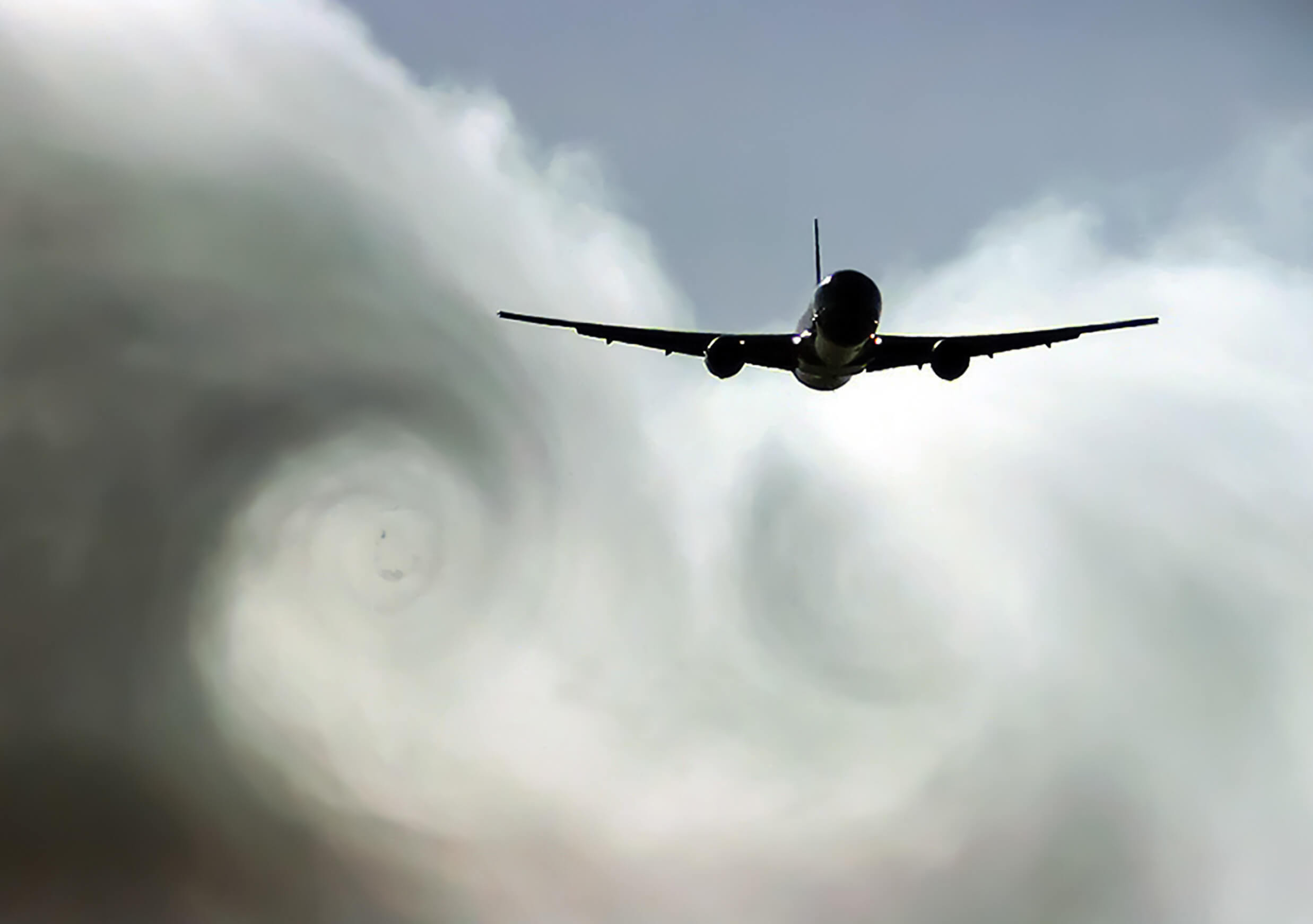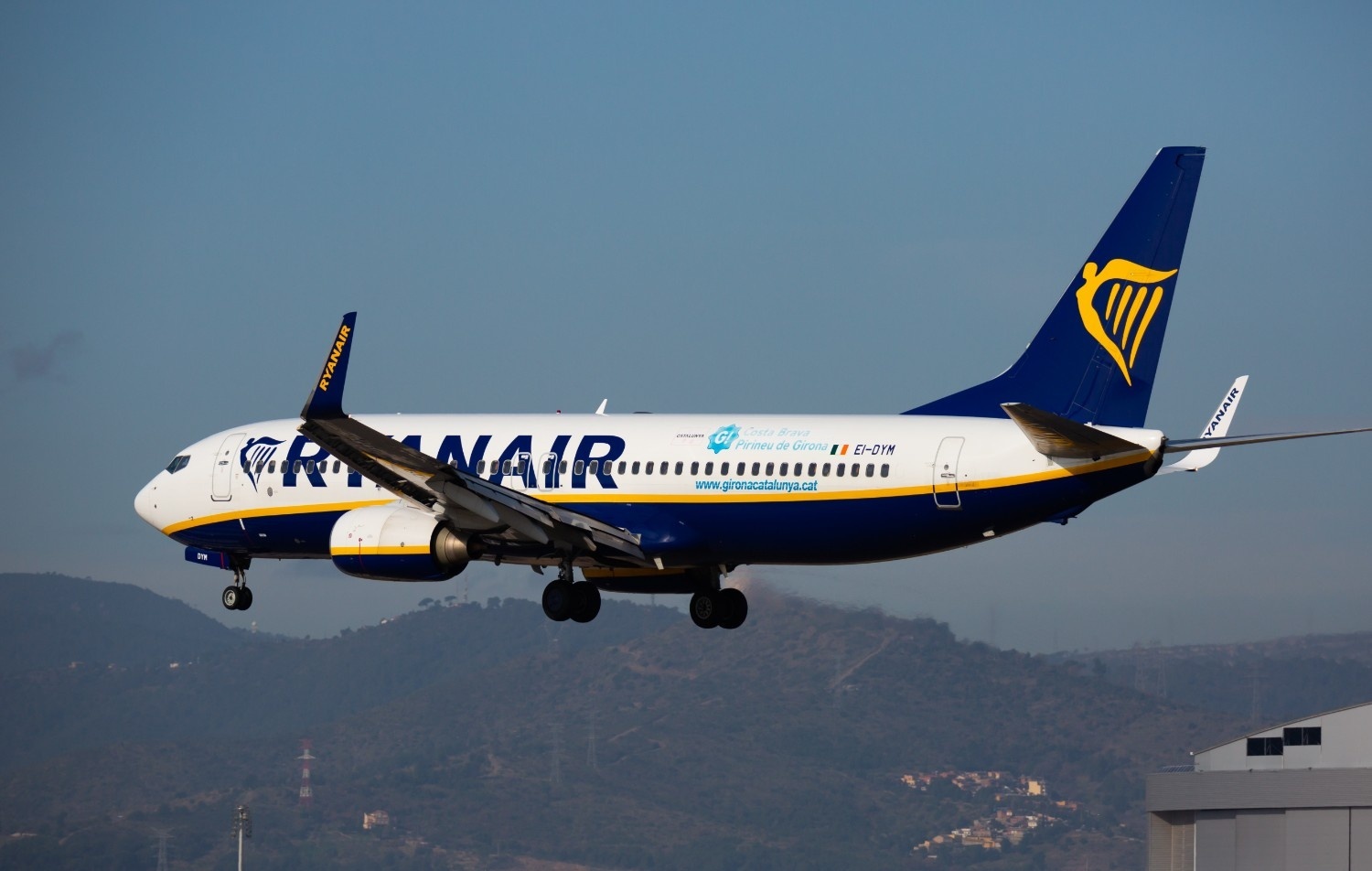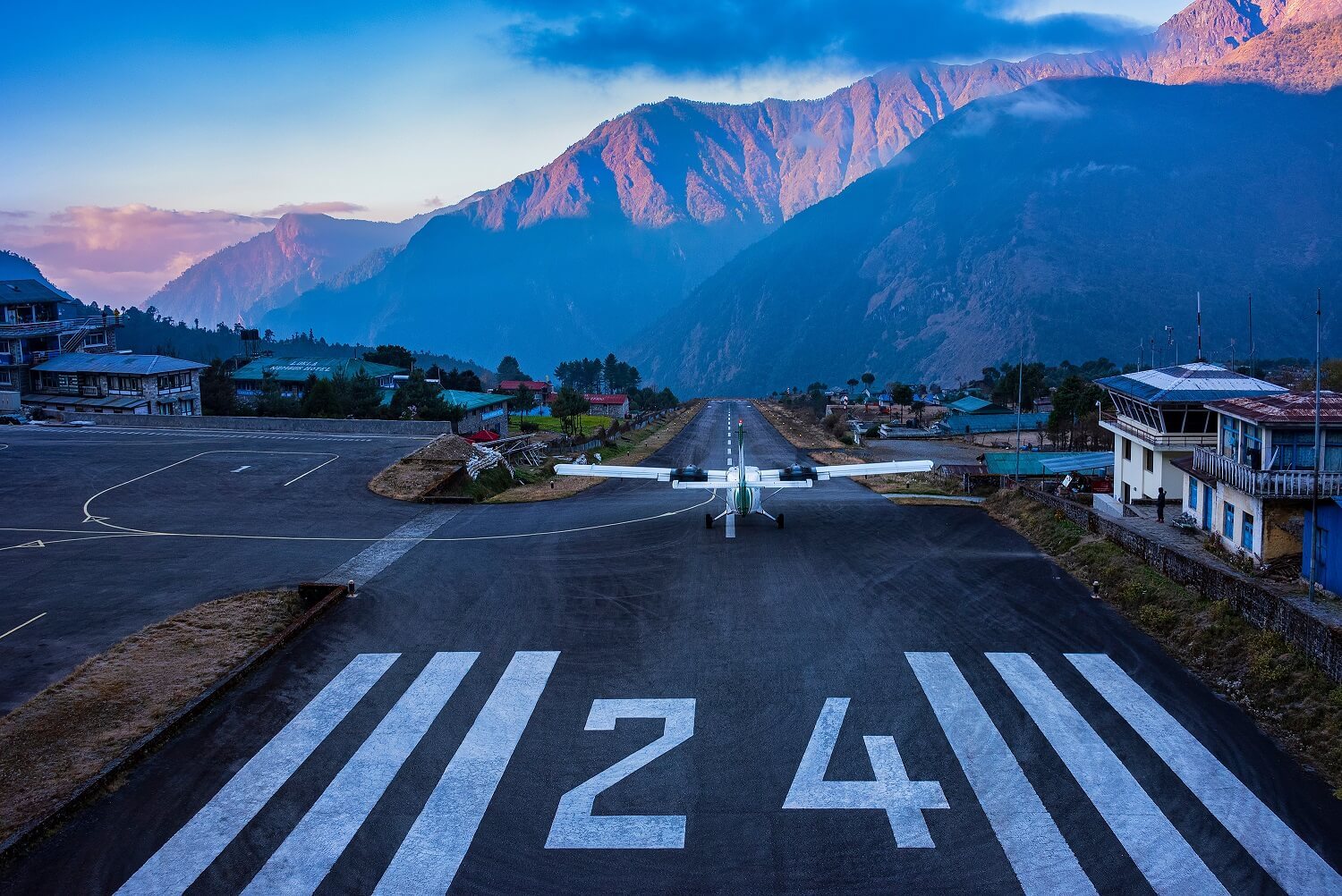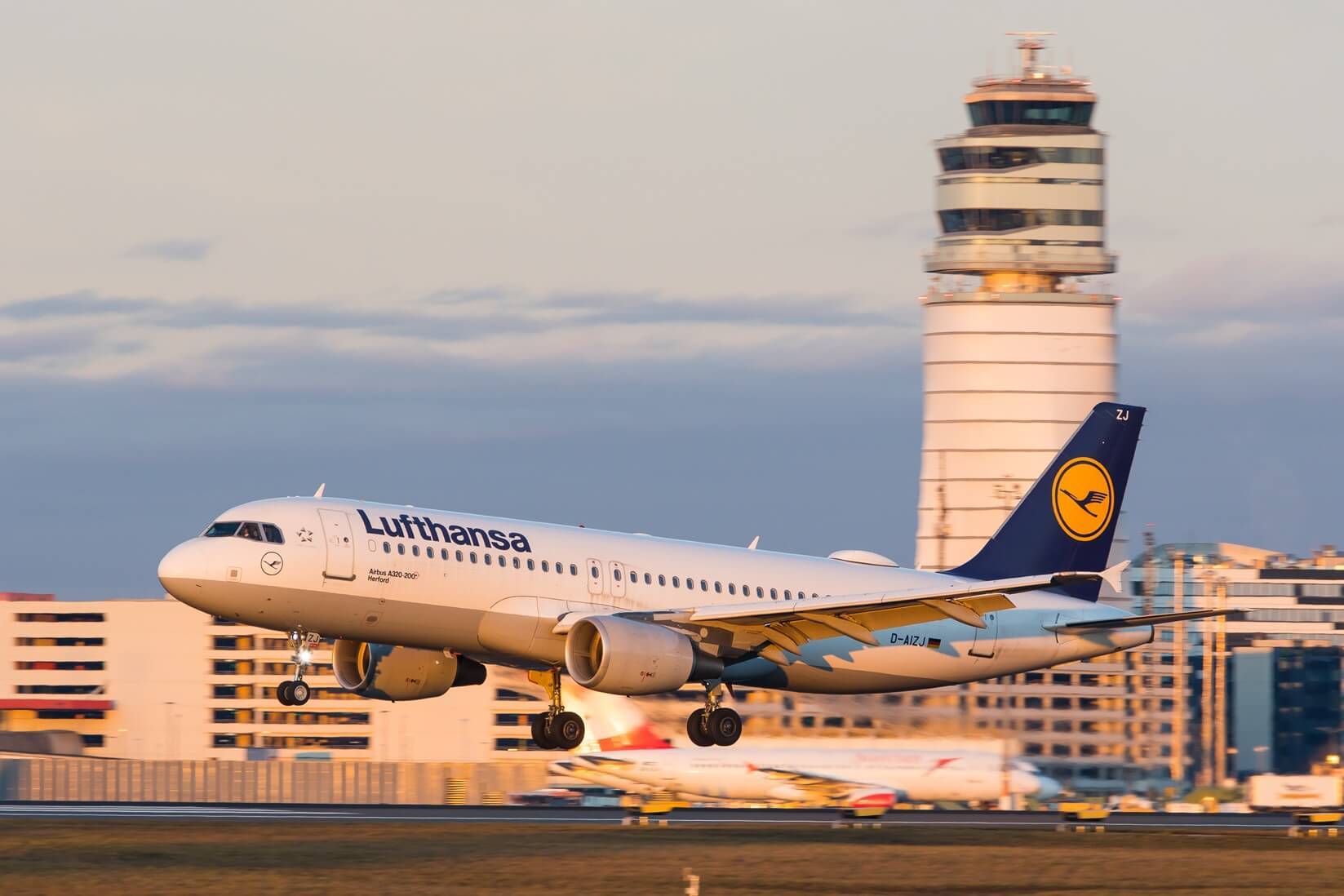The world’s most turbulent flights revealed

Air turbulence is an aspect of flying that many passengers find unsettling. It can range from mild bumps to more intense jolts, and understanding its causes can help demystify this common in-flight experience. Turbulence is primarily caused by two factors: air masses and geographical features.
The causes of turbulence
Air masses: The uneven heating of the Earth's surface by the sun creates rising hot air pockets, known as thermals. These thermals disrupt the smooth flow of air, causing turbulence. At higher altitudes, jet streams – fast flowing, narrow air currents – can induce wind shear, a phenomenon where wind speed or direction changes abruptly, leading to turbulent conditions. One particularly challenging form of turbulence is clear-air turbulence, often linked to jet streams. Unlike turbulence caused by storms or clouds, clear-air turbulence is difficult to predict with radar and can occur in seemingly clear skies.
Geographical features: Mountains and other topographical features also play a significant role in creating turbulence. Mountains force air to rise, which can lead to turbulent conditions, particularly on the leeward side where the air descends. Uneven terrain creates friction with the air, especially at lower altitudes, resulting in bumpy rides. This is why flights over mountainous regions are often more turbulent.
The world’s most turbulent flights
The most turbulent flight in the world is the relatively short route between Santiago, Chile (SCL) and Santa Cruz, Bolivia (VVI). This 1,180-mile journey crosses the Andes mountains, a region notorious for its air instability. On this route, passengers can expect an average “eddy dissipation rate” (EDR) of 17.5. EDR is a metric used to measure turbulence intensity, with a scale ranging from 0 to 100. While an EDR of 17.5 is not extreme, it does indicate a significant amount of bouncing, making this South American hop particularly notable.
Following closely is the flight between Almaty, Kazakhstan (ALA) and Bishkek, Kyrgyzstan (FRU). This route through Central Asia also deals with mountainous terrain, contributing to a potentially bumpy ride.
Top ten most turbulent flight paths
Santiago (SCL) – Santa Cruz (VVI)
Almaty (ALA) – Bishkek (FRU)
Osaka (KIX) – Sendai (SDJ)
Lanzhou (LHW) – Chengdu (CTU)
Centrair (NGO) – Sendai (SDJ)
Milan (MXP) – Geneva (GVA)
Lanzhou (LHW) – Xianyang (XIY)
Xianyang (XIY) – Chengdu (CTU)
Xianyang (XIY) – Chongqing (CKG)
Milan (MXP) – Zurich (ZRH)
Tips for passengers
For passengers who are concerned about turbulence, it can be helpful to check the turbulence history of a route before booking a flight. While a little bumpiness is unlikely to derail your trip, being prepared can ease anxieties and contribute to a more comfortable journey. Here are a few tips for managing turbulence:
Choose your seat wisely: seats over the wings tend to experience less turbulence than those at the front or rear of the plane.
Keep your seatbelt fastened: even when the seatbelt sign is off, it's a good idea to keep your seatbelt fastened while seated to avoid injury during unexpected turbulence.
Stay calm: remember that modern aircraft are designed to withstand turbulence, and pilots are trained to handle it. A little shaking, while uncomfortable, is generally not dangerous.
Understanding the nature of turbulence and knowing which routes are more likely to experience it can help you better prepare for your next flight. So, the next time you take to the skies, consider these insights to make your journey smoother and more enjoyable.
Latest posts
Ryanair goes paperless – What this means for your next flight
Ryanair ends paper boarding passes on Nov 12, 2025. Travelers must use the myRyanair app for check-in and boarding.
Flight delays and cancellations in August 2025
Check which flights were delayed in August 2025 – you may still be entitled to claim up to 600 € in compensation.
Flight delays and cancellations in July 2025
Check which flights were delayed in July 2025 – you may still be entitled to claim up to 600 € in compensation.












